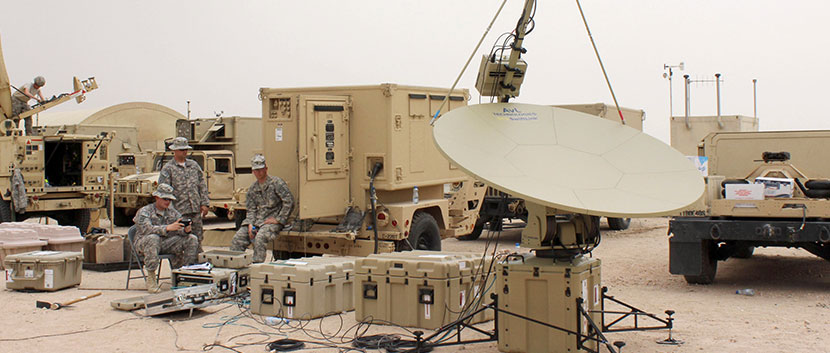DoD Acquisition Reform, Silicon Valley Innovation, and What These Should Tell Us about the Future of Satellite Communications

After years of watching struggling defense acquisition reform initiatives while simultaneously lauding the agility, responsiveness, and successes of U.S. industry (perhaps most notably, Silicon Valley companies), it is clear that the Department of Defense needs to transition from a traditional “you-buy-it, you-live-with-it” military satellite communications (MILSATCOM) architecture towards an agile, responsive, commercial-based satellite communications (COMSATCOM) solution to meet our warfighting needs. Let’s briefly examine DoD’s acquisition reform efforts, the emerging role of Silicon Valley in DoD acquisition, and then discover why such lessons indicate that COMSATCOM (providing “SATCOM-as-a-Service”) is the right choice to meet DoD’s future SATCOM needs.
DoD Acquisition Reform Efforts. According to a 2013 Government Accountability Office (GAO) study, defense acquisition reform has been an ongoing topic of Congressional focus for over 50 years, and has been on the GAO target reform list since 1990. A separate 2014 GAO study of 80 major DoD acquisition programs found that, despite some improvements in recent years, DoD inefficiencies still resulted in $448 billion in cost overruns and an average of 28 months in program delays.
The Emerging Role of Silicon Valley. It is clear defense acquisition needs help, although pushing defense acquisition reform guidance from the top hasn’t been working well. In response, the DoD is taking a bottom-up approach and is now pulling innovation from industry more than ever. In August 2015, the DoD established an office, known as the Defense Innovation Unit – Experimental (DIUX), right in the heart of Silicon Valley. The purpose of this office is to better communicate DoD needs to industry and take advantage of industry’s capacity to stay ahead of rapidly-advancing changes in technology. These actions suggest that DoD should partner more closely with industry in all areas particularly critical to the warfighter, such as SATCOM. Why SATCOM? Read on.
The Importance of Getting SATCOM Architecture Right. SATCOM architecture planning presents especially serious challenges for the warfighter, because DoD planners must try to predict all of their future SATCOM needs throughout a satellite’s average 20 year lifespan. Given the lessons being learned at DIUX, however, long-term future needs are almost impossible to predict – and GAO reports prove that mid-program contract amendments are extremely expensive and wasteful. Given the pace of technology advances, the DoD should forego traditional “you-buy-it, you-live-with-it” MILSATCOM solutions in favor of highly innovative, infinitely scalable, and fully resilient COMSATCOM solutions. In a highly unpredictable and dynamic wartime environment – whether the Middle East, Afghanistan, or even Space, purchasing a single long-term, 20-year solution is dangerous, because the problem set will quickly outpace the available solution. Outdated technology for the consumer can be frustrating, but outdated technology for the warfighter can be lethal.
Conclusion. Prudent defense acquisition reform should challenge the DoD not to develop the next constellation of MILSATCOM satellites, as has been done in the past, but to develop the next generation of robust COMSATCOM contracting vehicles that will rapidly and efficiently engage industry to meet our warfighter’s constantly-evolving needs. In a robust COMSATCOM environment, such contracts could dynamically expand and contract to support the actual needs of the DoD and even our Foreign Military Sales (FMS) partners around the globe, simultaneously offering assured service, limitless capacity, and cost savings, and thus be a huge win for U.S. national security, U.S. and foreign defense budgets, and the U.S. economy. COMSATCOM is clearly a win-win-win solution for everyone.